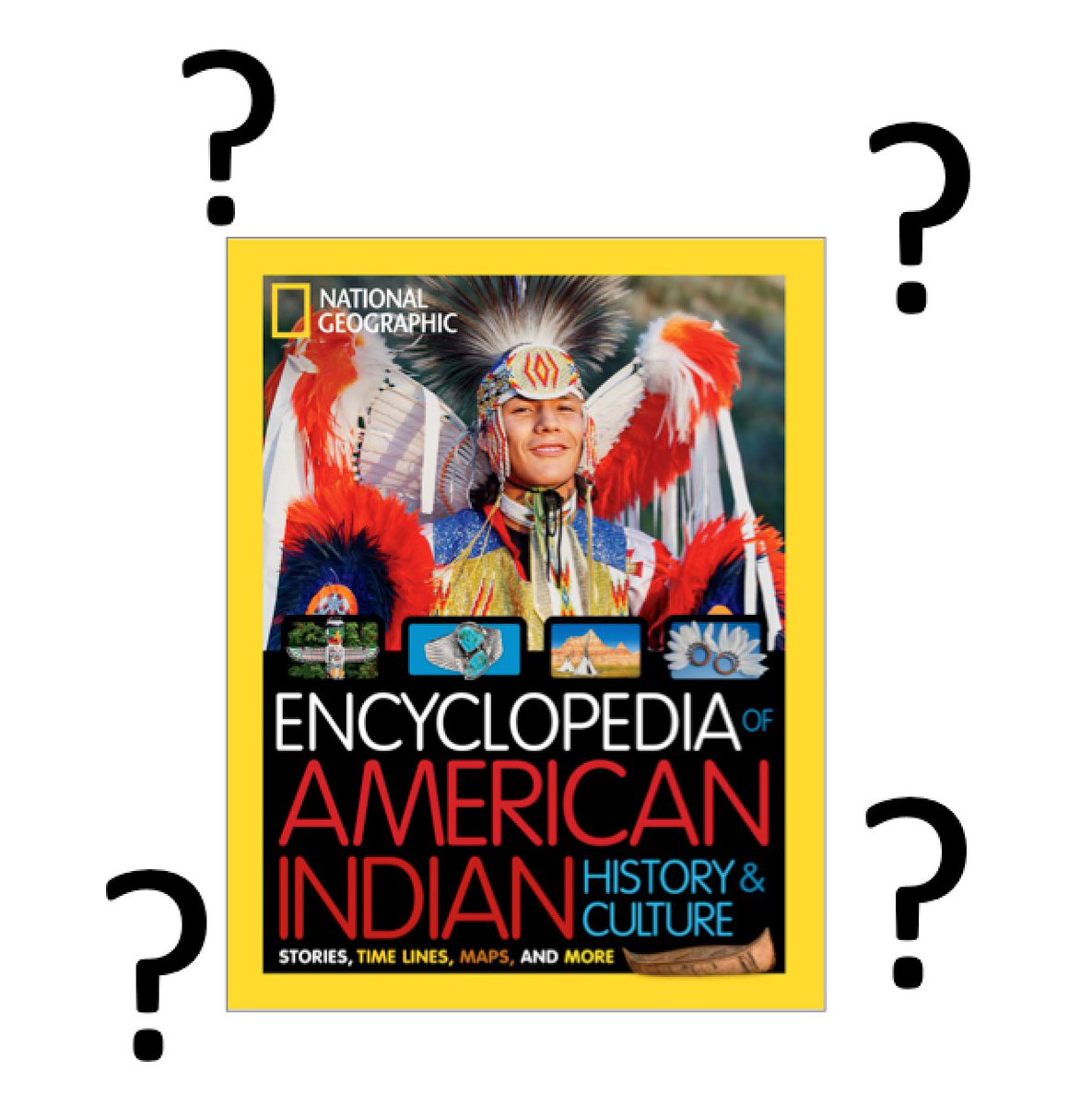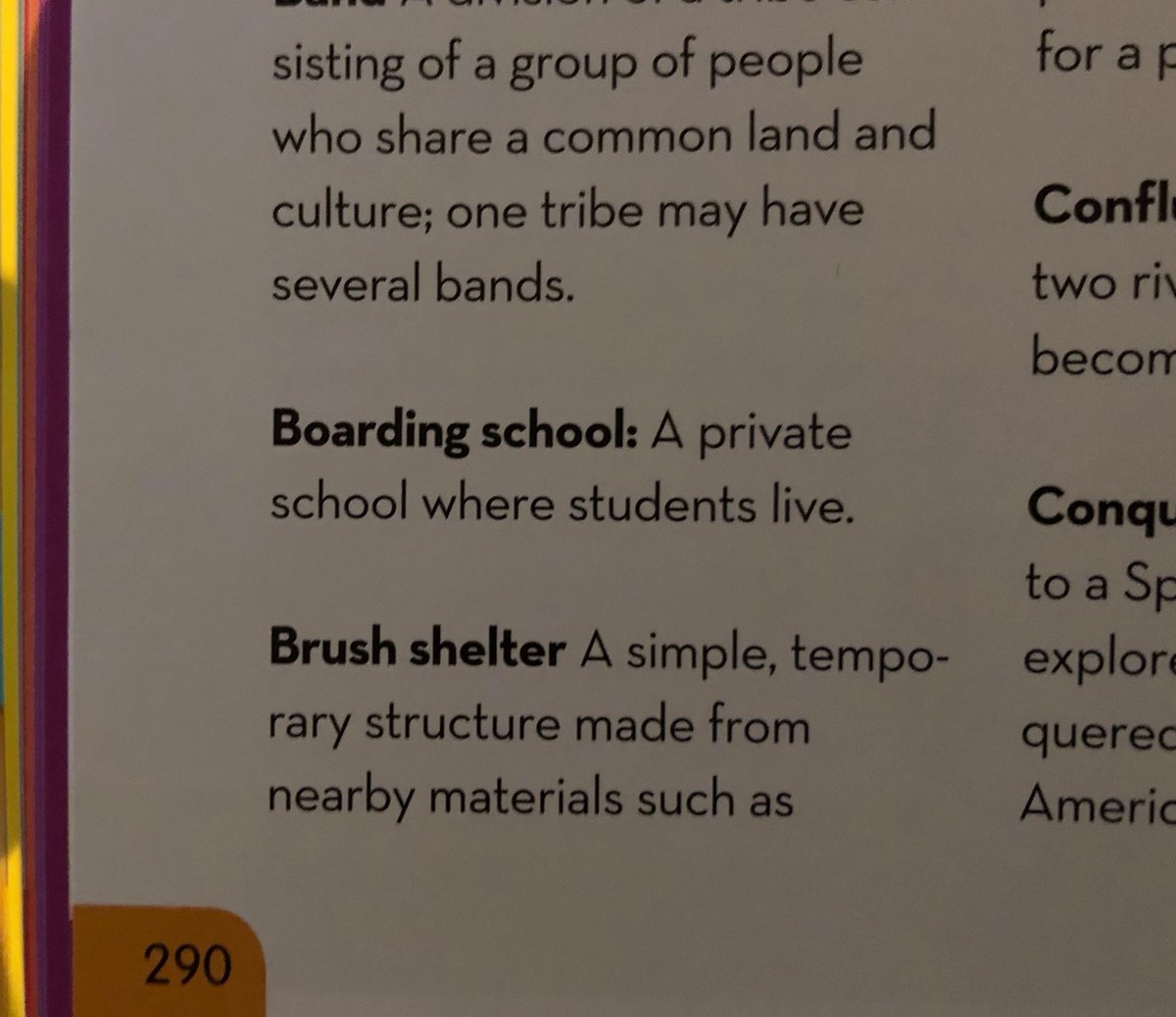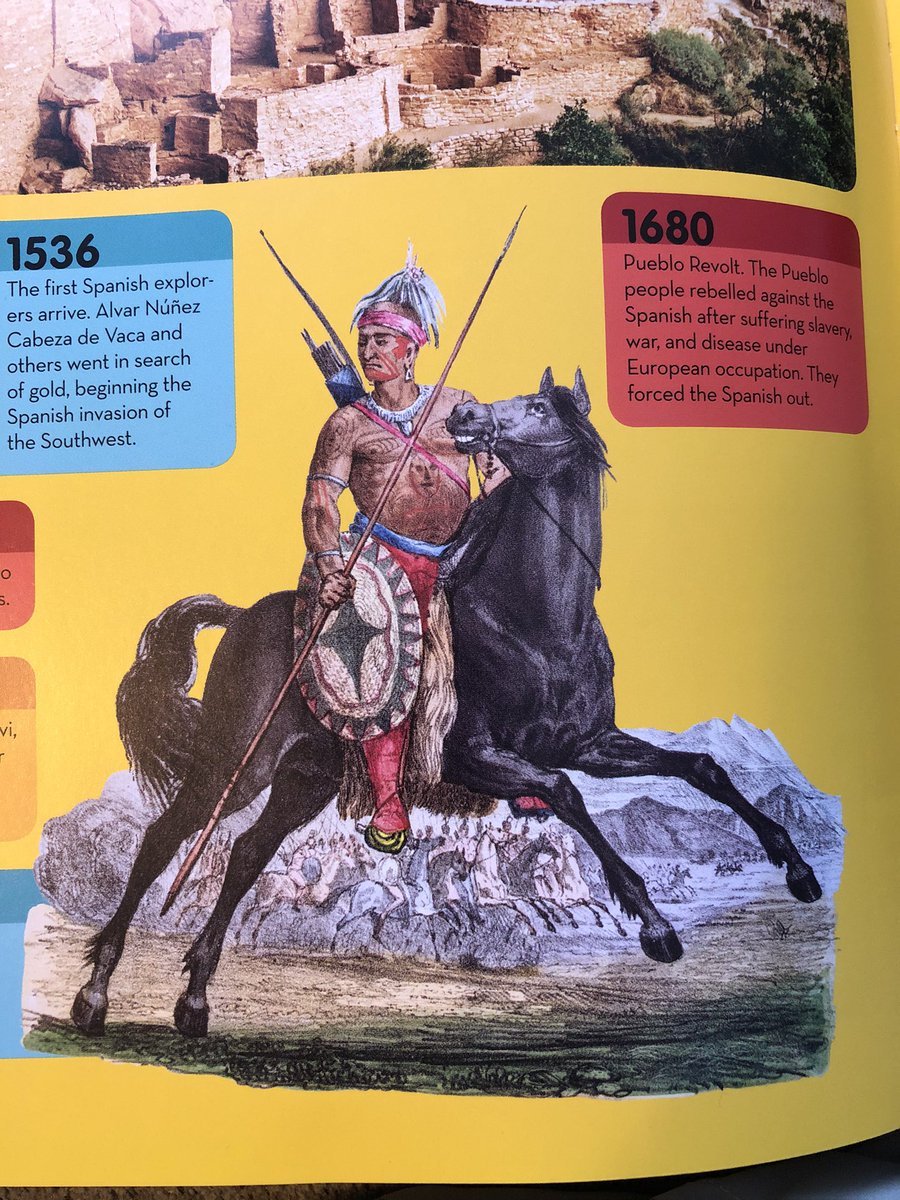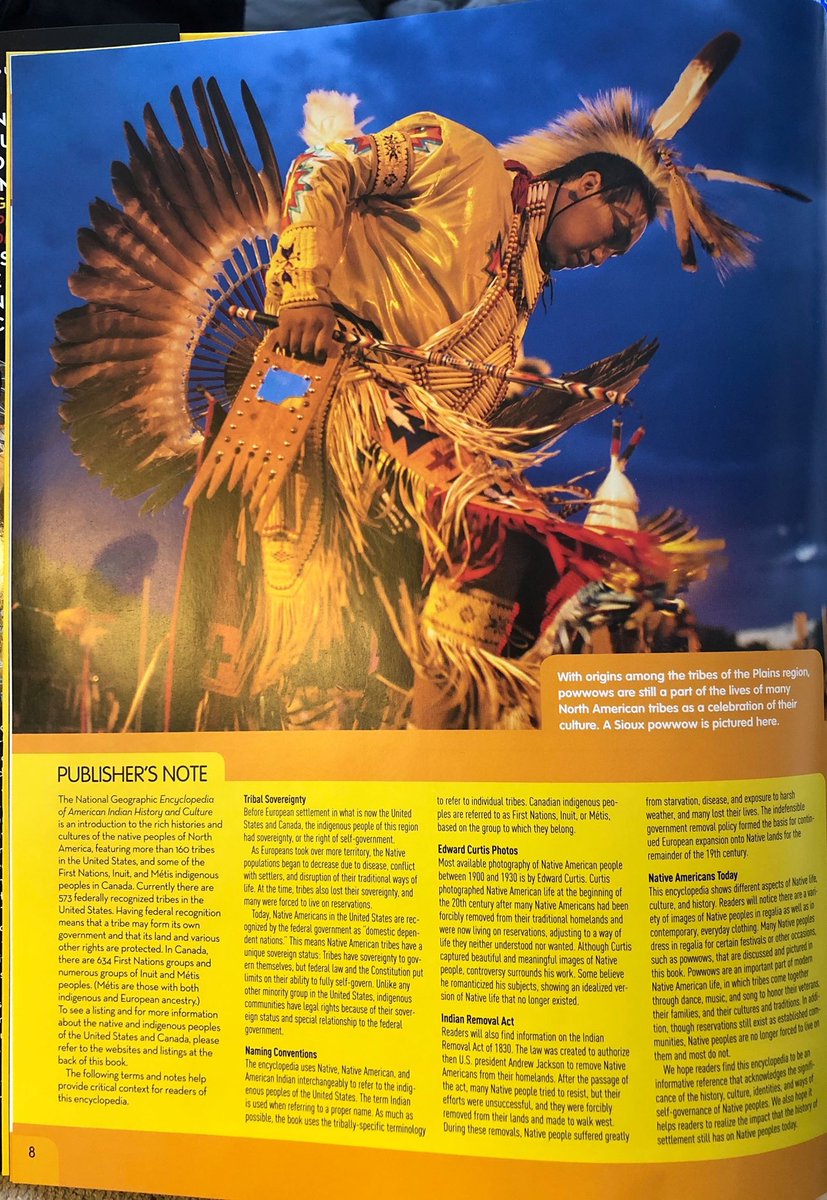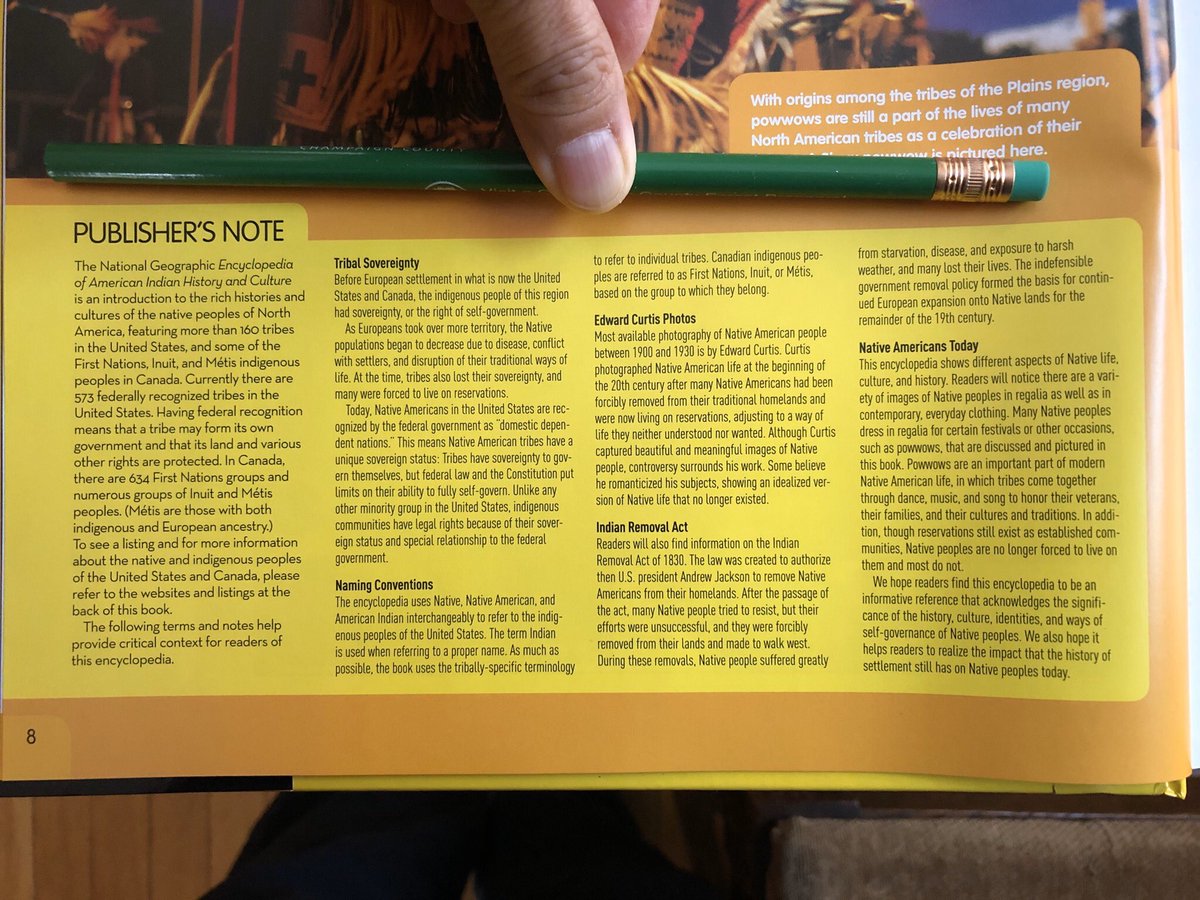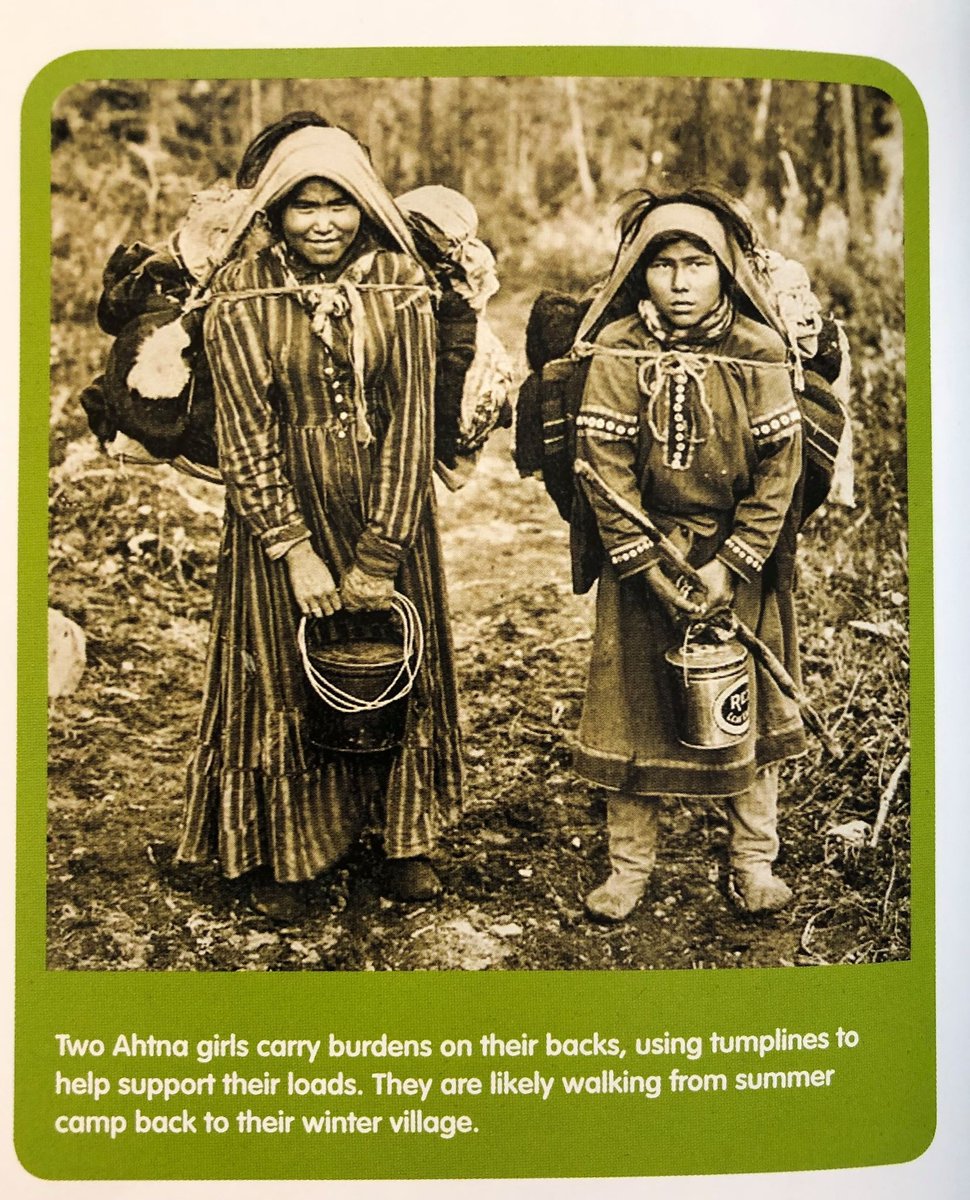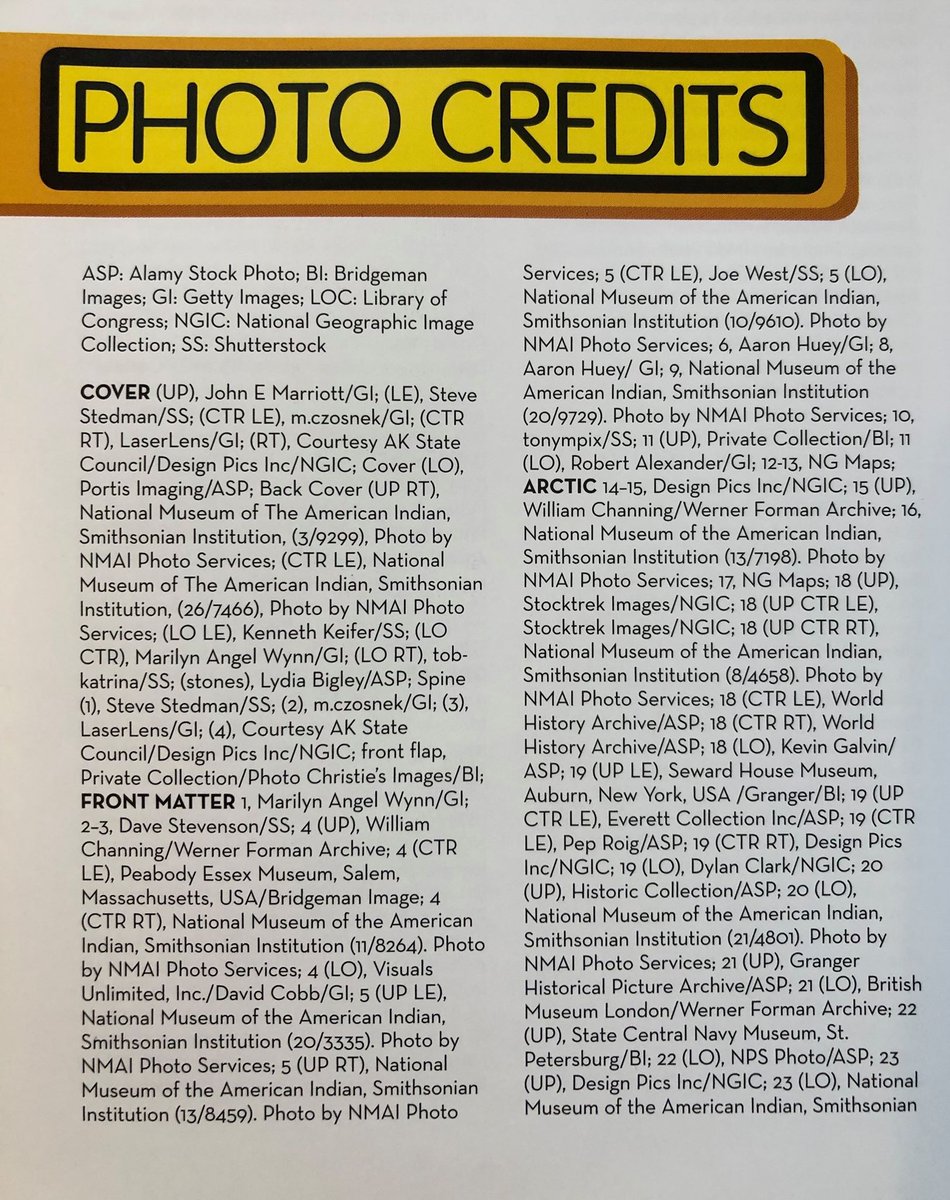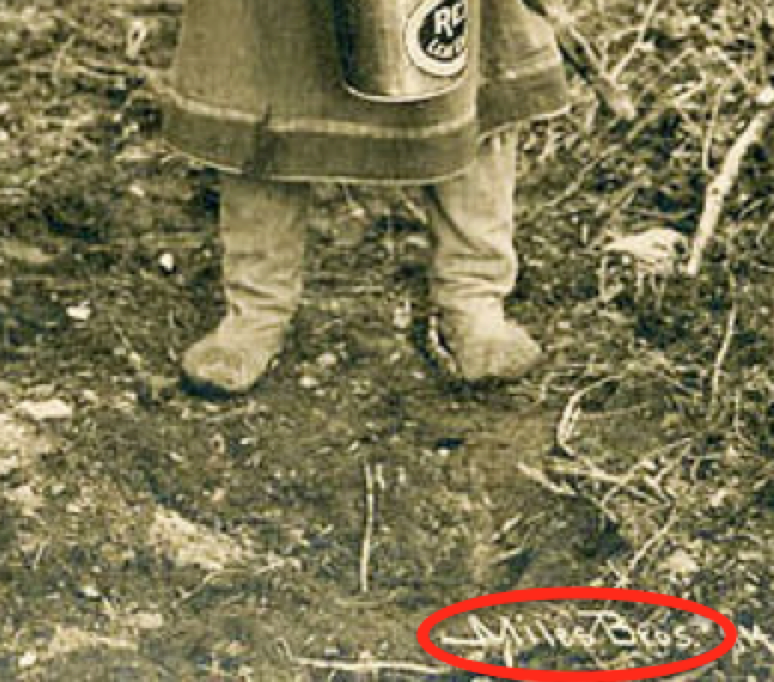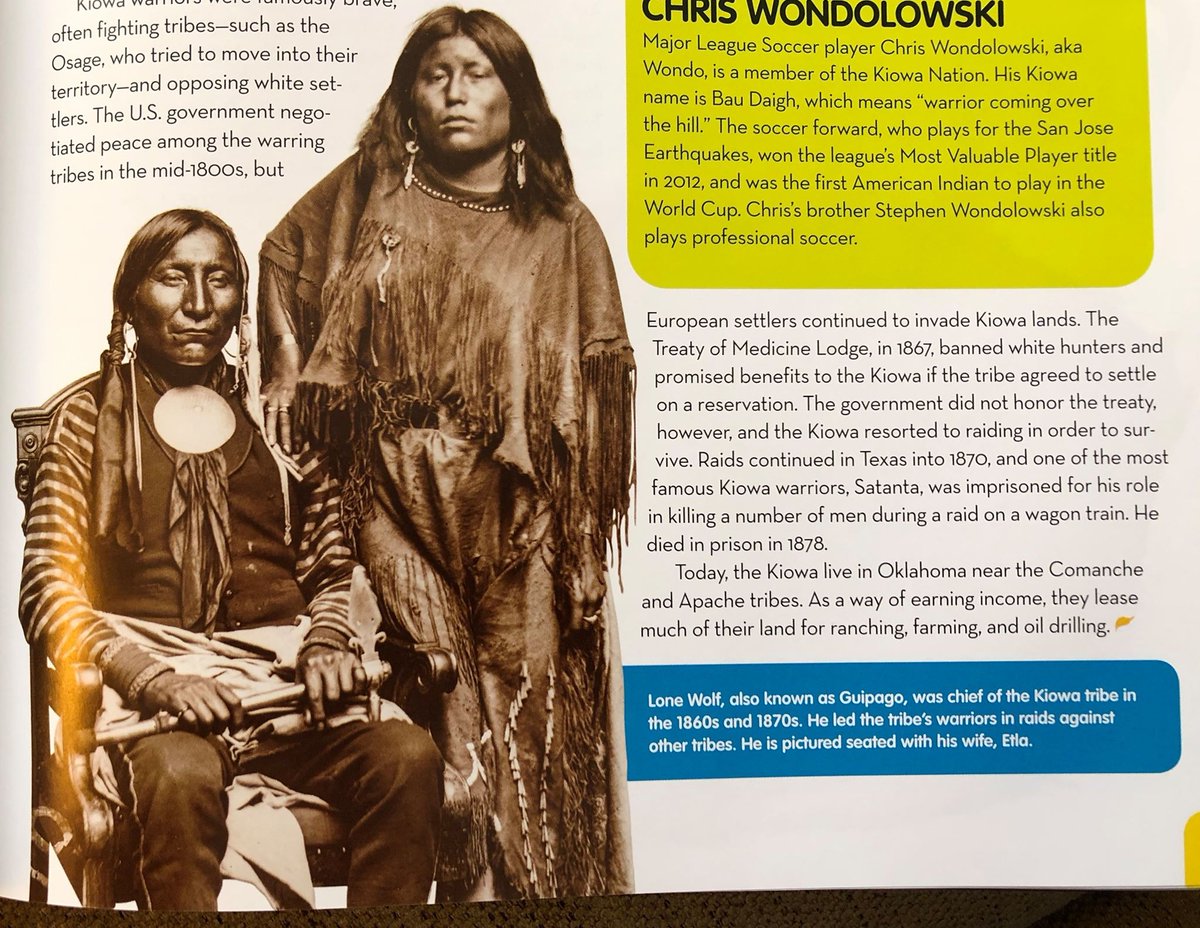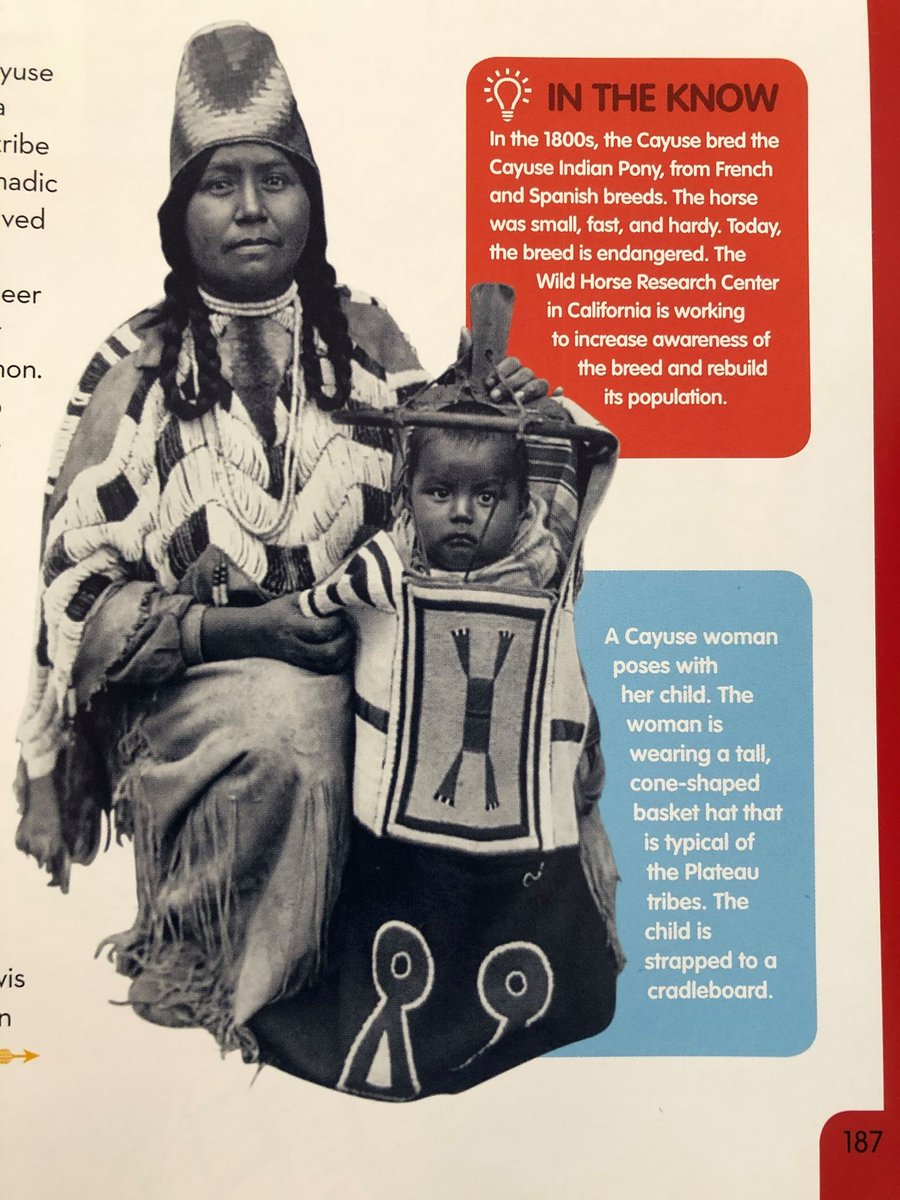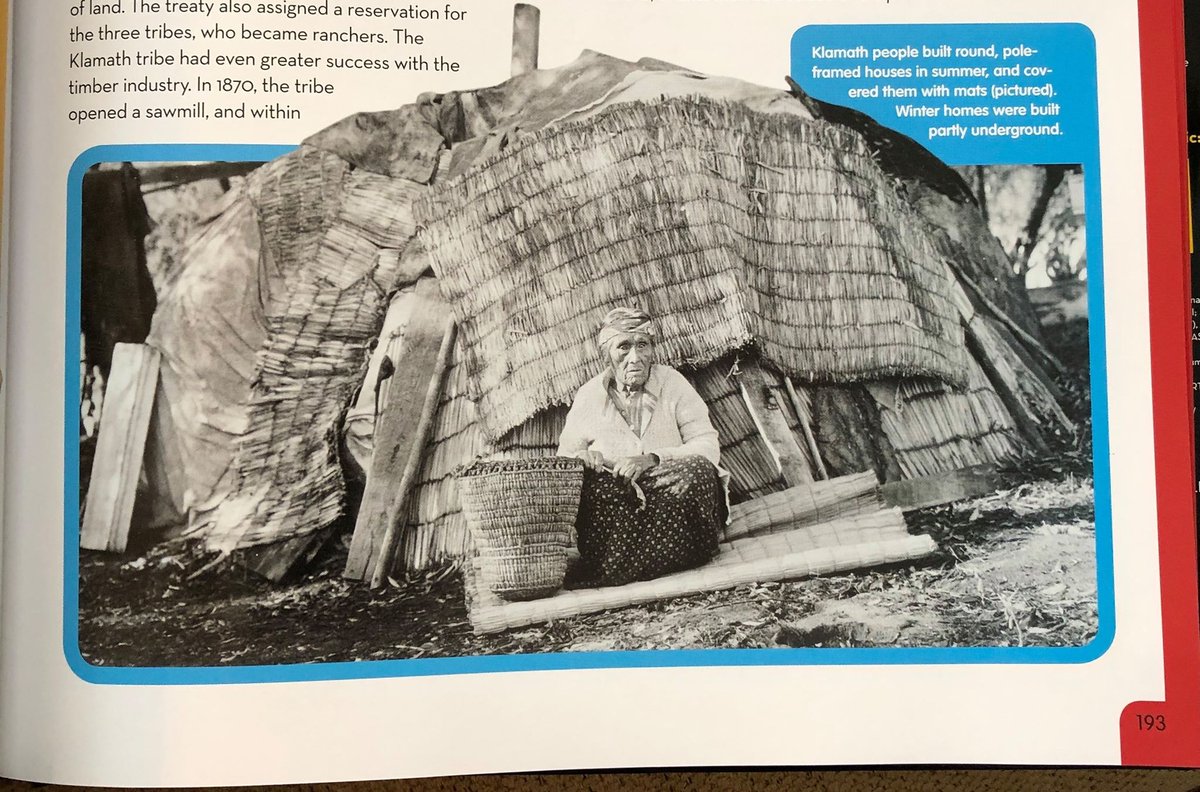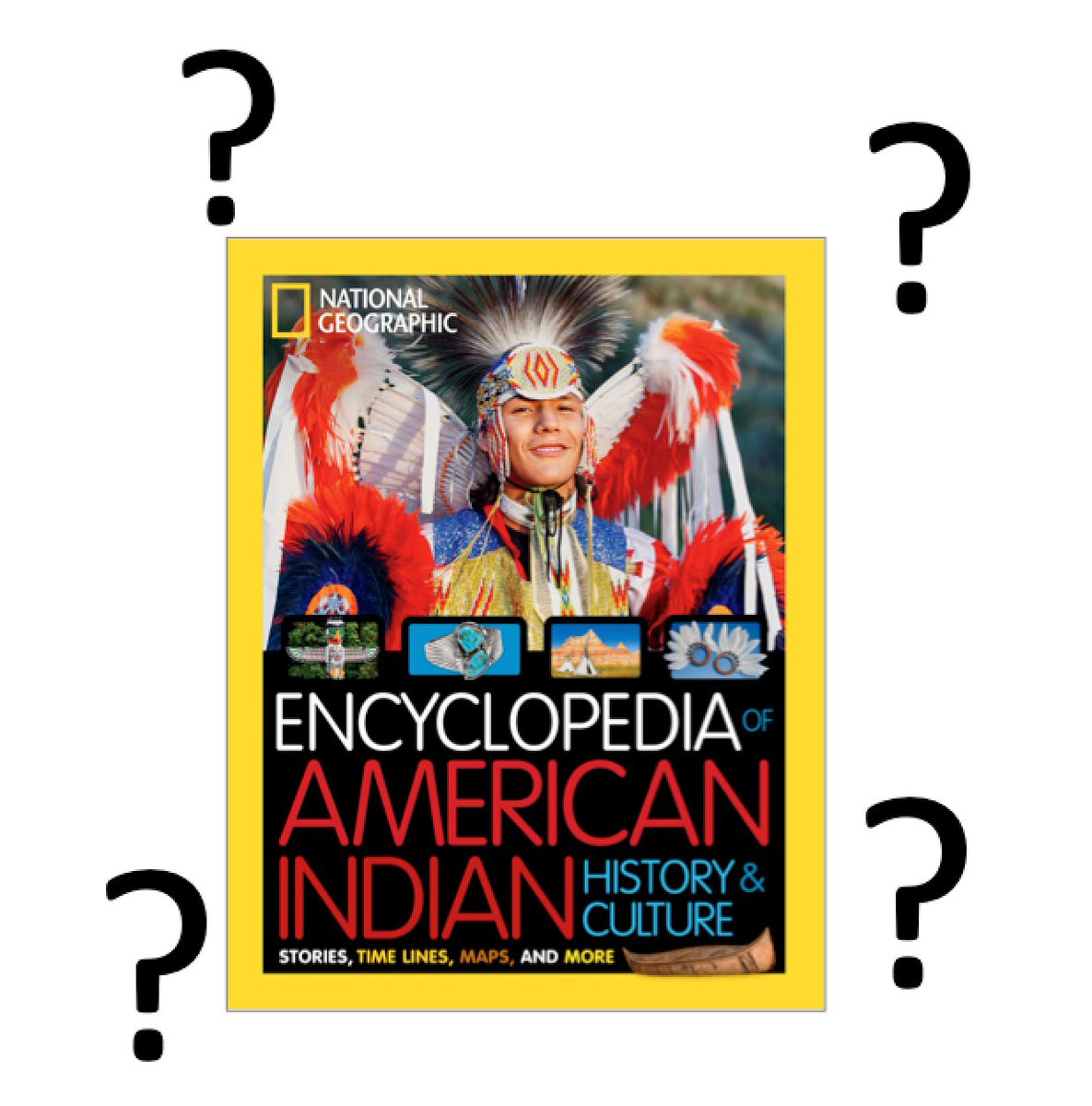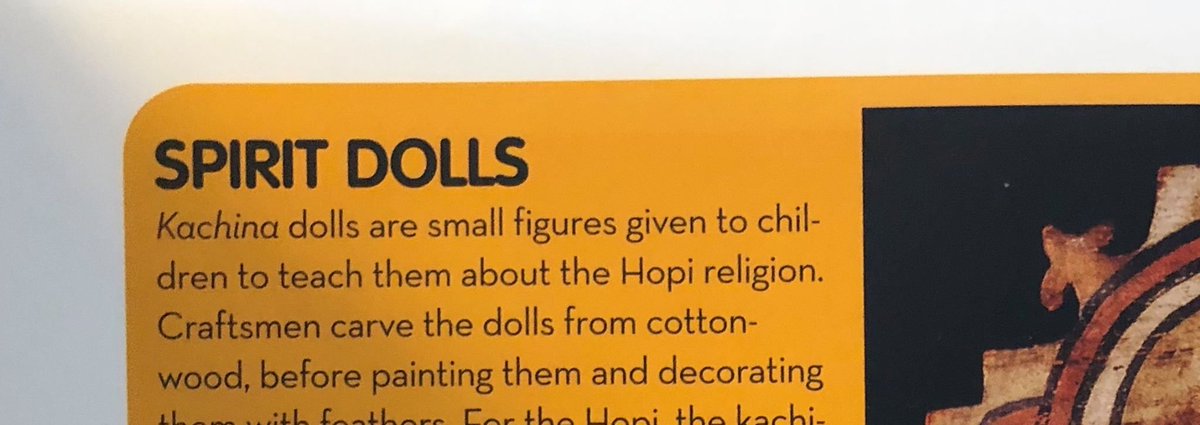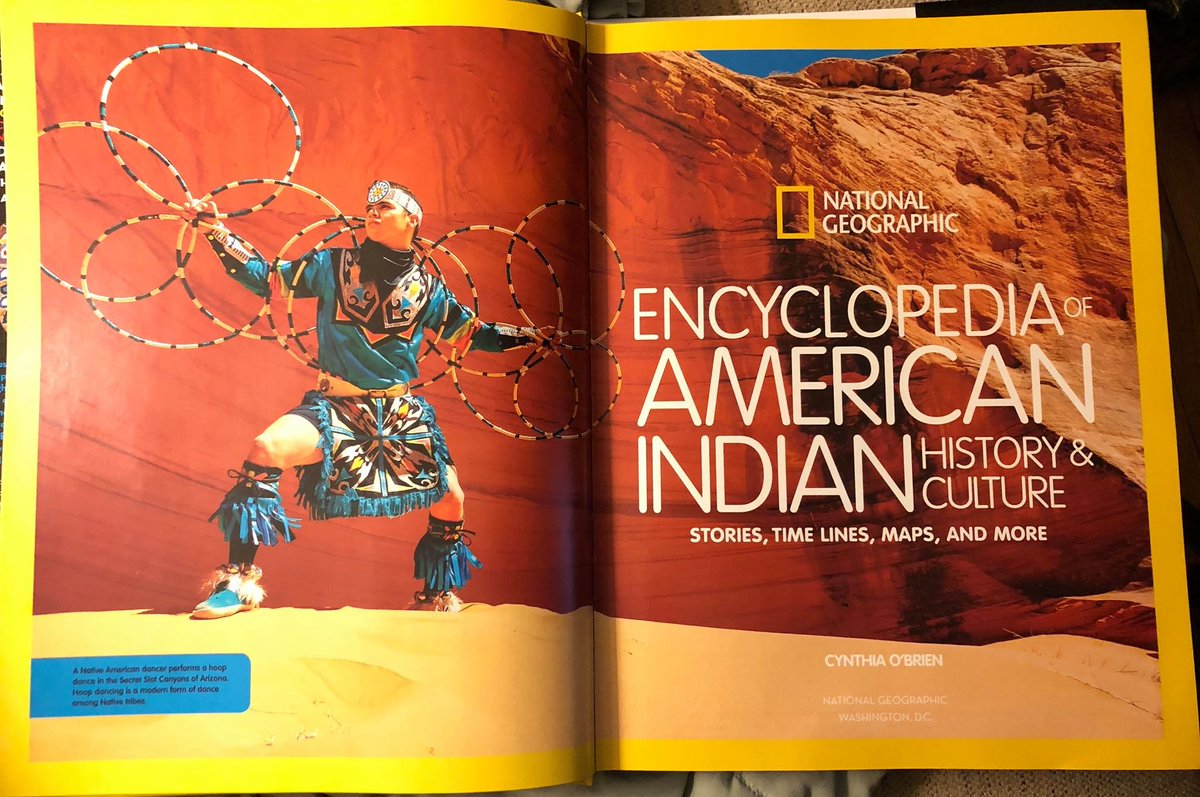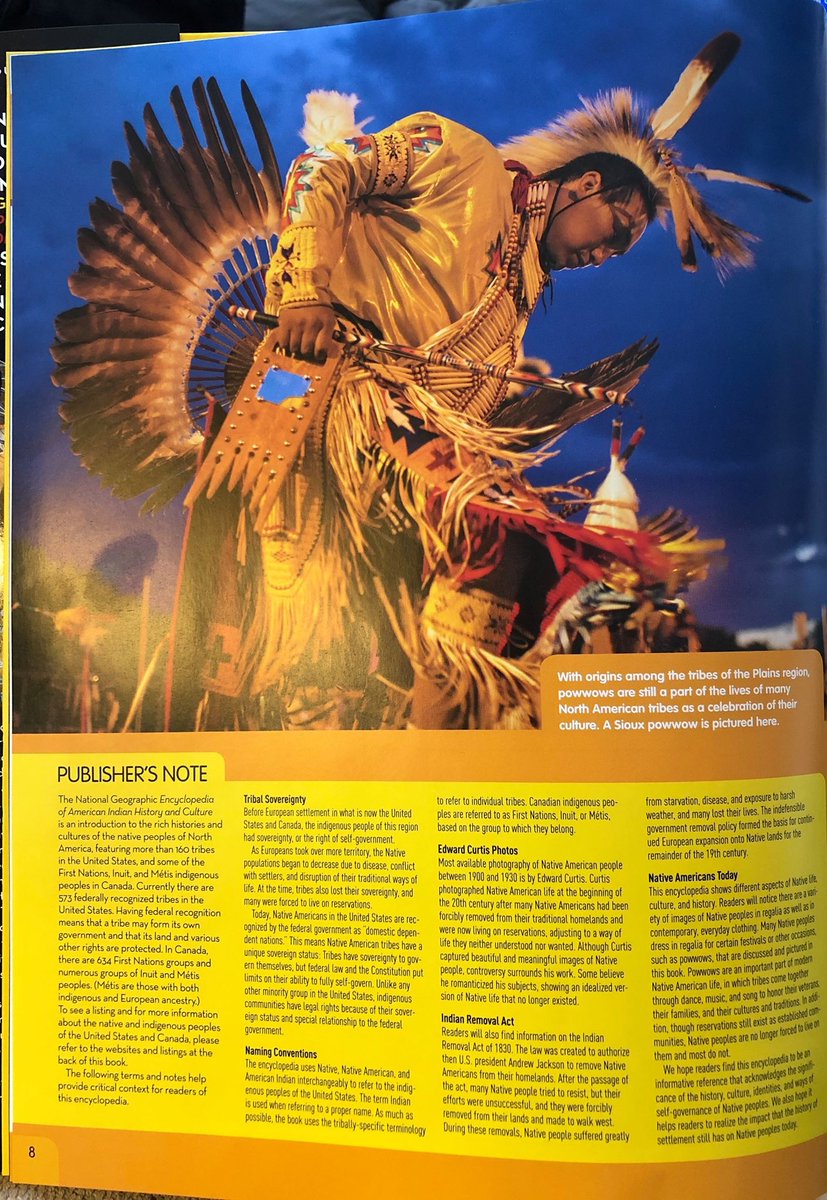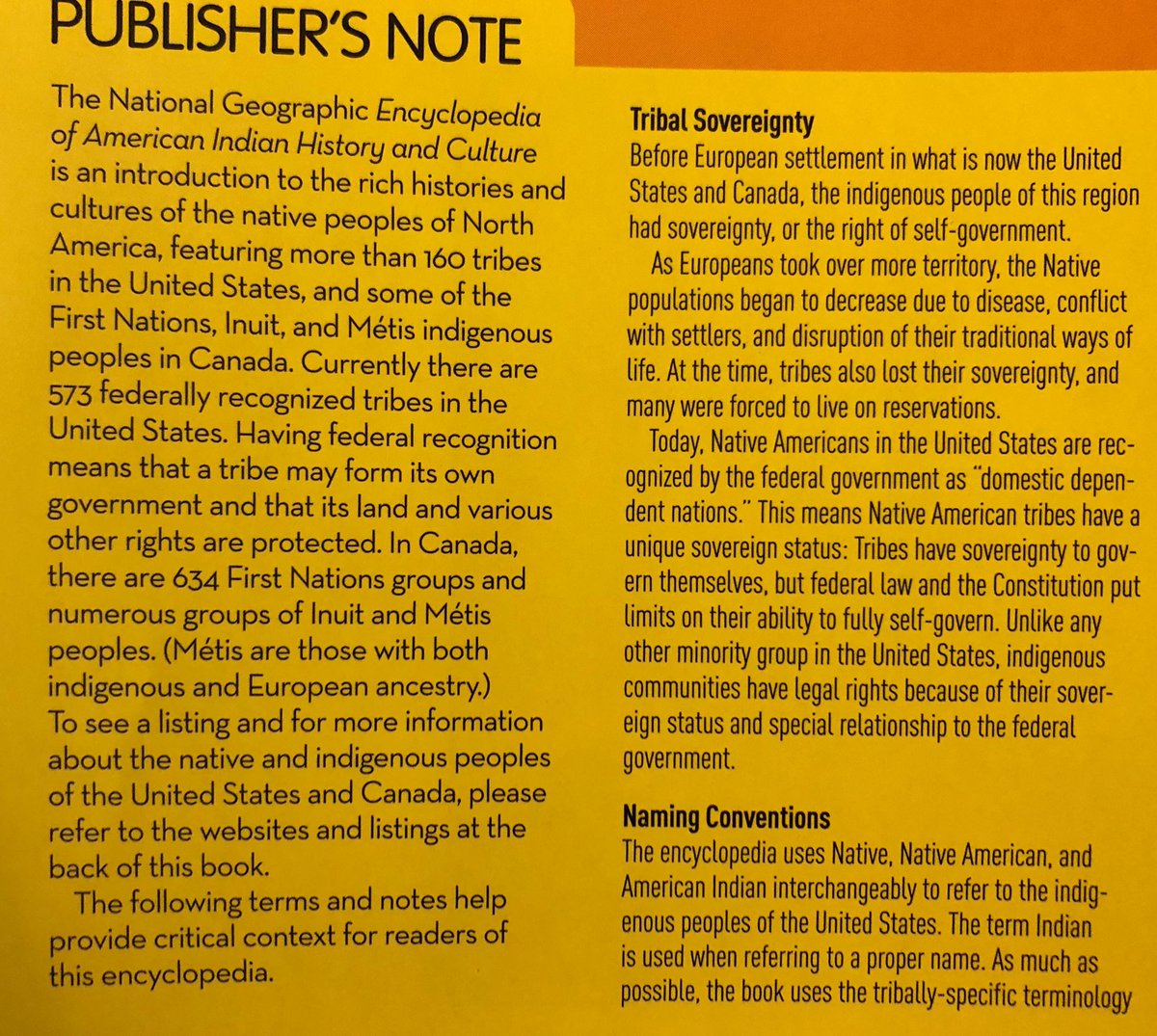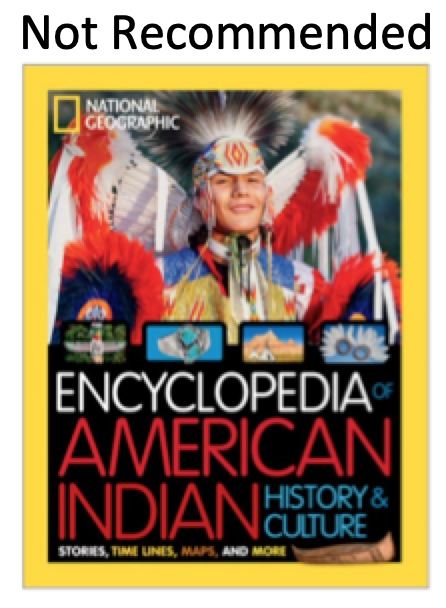Note from Debbie: there is sexual abuse and self-harm in the book and in my review that you may have difficulty reading.
Just Lucky
Written by Melanie Florence
Published in 2019
Publisher: Second Story Press
Reviewer: Debbie Reese
Review Status: Not Recommended
****
Just Lucky by Melanie Florence came out in 2019 from Second Story Press. I read the book a few days ago, tweeting thoughts/summary as I read it (scroll down; I pasted the entire thread, for your reference).
I do not recommend
Just Lucky. I find it deeply troubling and wonder why Second Story accepted and published it. The entire story feels shallow as it skitters from one horrific episode to the next before an all-too-quick happy ending, and one harmful depiction after another.
There is absolutely nothing in the book to help readers understand anti-Native attitudes that pervade Canadian and American society. Instead, we are invited to gasp at and condemn, for example, Lucky's mother who is an addict.
Today (Friday, March 6) I read
The Guardian article on Oprah Winfrey's response to writers who objected to her decision to feature
American Dirt in her book club. The article includes a powerful passage from a letter to Winfrey, written by 142 writers, that applies to
Just Lucky. The writers said that the novel's treatment of migration, and Mexican life and culture, is
...exploitative, oversimplified, and ill-informed, too often erring on the side of trauma fetishisation and sensationalism...
That is precisely what
Just Lucky does. It is exploitative and oversimplified. And in some places, it is literally sadistic. I'm thinking in particular of the scene where a foster father climbs into bed with 15-year-old Lucky and when she jumps out of the bed, follows her, rubbing himself as he approaches her.
Given the realities of Native children in foster care,
Just Lucky strikes me as cruel. Who did Florence imagine as her audience for this book?
Just Lucky is laced with stereotypes that affirm and ensure the further mistreatment of Native children, families, communities, and nations. Many Native children who read this book will feel assaulted over and over by the story Florence created. Again: who is this book for? And what will it do to shape how people think about Native children?
At the top of this review, you see a red X on the book cover. I use those for books that I find especially horrific. To read more on that red X, see
The Red X on Book Covers.
Saying again, I do not recommend
Melanie Florence's Just Lucky.
I invite you to share your thoughts (you can
write to me directly or submit a comment).
****
Twitter thread I created as I read Just Lucky the week of March 2, 2020.
But, her books keep getting published. Why? I think it is because they appeal to a white expectation of who Native people are. Many of those expectations are shaped by derogatory stereotypes. Florence seems to trade on that, which is very harmful.
DANG.
That derogatory depiction is in the second paragraph of the first page of JUST LUCKY.
Lucky is the name of the main character. She lives with her grandparents because her mom left her (as a baby) in the casino by a slot machine when she went outside to smoke crack.
When the story opens, Lucky has been living with her grandparents for 15 years. She tells us her grandparents were "long done with their own parenting" and didn't give a second thought to "care and feeding of another kid."
To me that sounds like a White voice.
Lucky has only seen her mother a couple of times in those 15 years. Certainly, a girl would have strong emotions about all of this but "I'm not even sure I could pick her out of a police lineup at this point" and thinking she WILL do that someday... it feels off, too.
It is extreme... It is .... melodramatic. Yeah! That's it. In tone, this first chapter echoes what I saw in Florence's other books.
Florence's writings about Native people are not without consequence. Rather than push back on derogatory images, she's feeding them. If you're reading tweets or news articles about #wetsuwetan, you know Canadians are using derogatory language about Native peoples.
Still in chapter one, Lucky is trying to write an essay that is supposed to be autobiographical. She thinks about how her family isn't "normal."
Where does Lucky's family live? As I read on, will I learn that they're part of a Native community? Right now it seems, not. Now in chapter 3. Lucky's grandfather brought some books home for her from a used bookstore. One of them is GONE WITH THE WIND.
Anytime I see someone referencing GONE WITH THE WIND in a kid or YA book, I wait to see if they push back on its racism. Will Florence do that?
Why drop that title into a story, as if it is just fine? FFS. Imagine a Black child reading this book. What does that child do when they come to this page and see this loving grandfather giving his granddaughter GONE WITH THE WIND?!
WHY is that title in there? What purpose does it serve? Was/is Florence oblivious to its harm? And her editors at @_secondstory, too? Did they not notice that?
Now in chapter 20 (chapters are very short). In previous chapters, we learn that her best friend Ryan was punched in the face by his father when he came out, that her grandmother's forgetfulness is serious, then, her grandfather dies.
When her grandmother forgets she's put something on the stove, there's a fire. She's ok but children's services gets involved and asks Lucky to call her mother because Lucky can't make decisions (she's a minor) about her grandmother's needs.
Lucky calls her mom, Christina. 15 years have passed. I am wondering about the back story for Christina and her parents. What did they do? Kick her out of their lives? No mention of her parents (Lucky's grandparents) wondering how she is...
When Christina arrives at the hospital, Lucky notices her physical appearance (stiletto heels; short skirt; bleached hair; lots of make-up; ragged fingernails). She wants money to take care of her mom and daughter. Children's Aid person and doc are shocked at her ask.
This scene... again, full of melodrama.
Lucky gets placed in a foster home with a white Christian family that homeschools their son (he's an only child). The father leers at Lucky's breasts. Lucky and the son (Bobby) share an interest in comic bks. The mother warns Lucky not to lead Bobby into sin.
Ch 28 is titled "An Unwelcome Visitor." Lucky is dreaming and thinks a spider is in her hair but it is Robert (the father) with his fingers entwined in her hair. She moves away from him; he gets into bed with her.
That scene feels gratuitous. Lucky leaps out of the bed; Robert follows her, "rubbing himself through the thin material."
Of course, things like that happen but for a Native person who has gone thru or knows someone who has gone through something like this, it seems callous. After he leaves she can't sleep. She goes to the bathroom and using scissors, cuts her hair off. Then she goes to the kitchen and gets a sharp knife to keep under her pillow. Then she falls asleep.
Next day, she shaves her head with an electric razor she borrows from Bobby.
Remember: Bobby is 15, too. Why does he have an electric razor?
That night, Robert is back in Lucky's room, drunk. She raises the knife under her pillow, to his Adam's apple.
She tells Robert that her grandfather taught her how to use a knife and that she can gut a trout in 60 seconds, and "I doubt you'd take much longer." He leaves.
I don't know what to make of that scene. This feels, over and over, like an outline. No depth. Just high points.
The next morning, the mother confronts Lucky, telling her that Robert told her that Lucky had threatened him with a knife and demanded money, that she's "evil" and that she "won't have evil in my house." Lucky replies that evil was in the house before she arrived.
I am realizing at this point that in addition to the gratuitous melodramatic scenes all thru the bk, the way that Lucky speaks doesn't ring true. She sounds tough/hard but her 15 yrs w/ her grandparents weren't harsh ones. So, her words don't fit w/ the loving grandparents.
Another realization is that I'm nearly halfway thru the book, and it doesn't FEEL like a Native character. Any markers or values that would be from a Native home/community... they're not evident in character/story development, words, action, etc.
As such, it feels like a lot of books by Native writers who tack on a Native identity for a character but leave it at that.
Lucky has to leave that foster home (the Wilson's). Bobby tells her he knows his mother is covering for his father but he can't speak up because nobody will believe him.
Cynthia (social worker) goes to get Lucky, rips into her, insisting that the Wilson's are a good family. Error in tweet 27!
I meant to say that non-Native writers tack on the name of a tribal nation for a characters identity, but then never do anything else with it. That's decoration, superficial, wrong.
As the social worker drives, she starts to listen to Lucky and says she'll investigate, and that Lucky's grandmother is now in a facility for people with dementia and Alzheimer's.
Lucky is furious that she wasn't told about the move. Social worker hands her a paper w/ name of the facility: "Sunset Seniors." Lucky replies w/ some snarky jokes about the name of the facility.
That snark (again) is jarring and is another instance in which the ways that Lucky speaks doesn't fit with that happy go lucky, warm childhood she's had with her grandparents up till now.
Lucky is placed in a new foster home; husband/wife are nice and have 2 boys near Lucky's age that they are also fostering. Interactions much warmer than the first home Lucky was in (fundamentalist Christian/pedophile). At her new school, she meets a bunch of kids at lunch.
The two foster boys, Charlie & Jake, show her around. Kids are friendly but most girls, including a redhead named Elyse, are not. Elyse seems jealous that Jake sat with Lucky instead of her. When Jake and Lucky get up for next class, Lucky is sure Elyse calls her a whore.
She thinks about responding but remembers her grandfather saying "Don't ever let anyone tell you you're not enough, Lucky. You come from a long line of strong Indigenous people. Do them proud."
That seems an odd thought for her to have, then.
Even if Elyse said "Indian whore" it wouldn't make sense, because Lucky's thought is abt not being "enough." It would only make sense if Elyse had said "half-breed whore."
What I am getting at is that I don't know enough about Lucky to understand why she would feel "not enough." The author (Florence) hasn't given us enough for Lucky's thought/her grandfather's words, to make sense at this particular moment in the story.
The theater dept is doing a play. Jake plans to try out; so does Elyse; Jake wants Lucky to try out, too. She doesn't want to but he pressures her into reading with him when he tries out. Everybody--except Elyse and her friends--are impressed by her reading.
When she's at her locker, she's surrounded by Elyse & her group. Elyse tells Lucky to leave Jake alone and not to walk around in her underwear (she knows Lucky lives in the same foster home as Jake). Lucky tries to leave but Elyse stops her, calling her a "nasty little slut."
In reply to Lucky's 'what did you say' Elyse says "Are you going to go all 'war party' on us?" and starts to whoop and dance around Lucky. Elyse's friends do it, too.
Lucky punches Elyse in the face and then stomach, knocking her down. Lucky is the one in trouble.
As Lucky is led away by a teacher, Elyse says "What do you expect from someone like her? She's trash." One of the others says "Indian trash."
Several times up to this pt, Lucky has characterized these girls as hostile. As noted in an earlier tweet in this thread, it doesn't feel like there's enough story IN the story so far for this "hostile" characterization or this stereotypical anti-Native scene to make sense.
Sarah (the new foster mom) is called to school because the initial plan is to expel Lucky, but Sarah listens to Lucky's account, believes her, and persuades principal to give her another chance.
In ch 43 Lucky talks abt how her grandparents would be ashamed that she got into this fight, but, that she "never had much patience for racist pieces of garbage like Elyse."
As noted before, I'm having a hard time reconciling the things Lucky says/does with the happy home she had with her grandparents for 15 yrs. Overnight (literally), she's got an intense attitude and ready to fight in an instant, several times.
Jake is in the play; Charlie and Lucky make sets for it. One day as Charlie and Lucky are ready to leave, Elyse appears and implies they are involved. Her tone reminds Lucky of the Wicked Witch; Lucky thinks of her as the witch and her friends as flying monkeys.
That reference--to the Wizard of Oz--strikes me as odd.
Maybe Florence (the author) is not aware that L. Frank Baum wrote editorials calling for the extermination of Native people. It reminds me of that earlier chapter when Lucky's grandfather gives her GONE WITH THE WIND.
In neither instance do we see Florence pushing back on either writer or book. Does she not realize that they are problematic? Who was her editor? Did that person not know? Or ... did they discuss these? Will this get resolved in later chapters?
Elyse starts in on Charlie's identity, telling Lucky "You got yourself a little Mexican boy to play with."
Charlie yells "I'm Dominican!"
Elyse replies "Dominican, Mexican. Who cares? They're both brown. Why don't you just go back to wherever it is that you came from?"
That scene is more of the melodrama I noted in earlier scenes. These scenes are needlessly full of hurtful content.
Things like that get said, today, in the US and Canada, but as written, they seem to revel in the hurt. There's little regard for readers.
Charlie starts yelling at Elyse, in Spanish. Elyse tells him he can do better than an Indian whore, spits at Lucky and tells her nobody wants her "worthless ass" and that's why she's in foster care. And, she says...
"You're nothing. An Indian whore who has nothing to offer except what's between your legs."
Come on, @_secondstory... part of what you try to do is provide books for Native readers. This book assaults Native readers!
We (readers) are supposed to know that Elyse is mean, racist, etc. but it is a failure of the writer to inflict hurt in the ways that Florence does. It does not feel to me like she cares about a Native reader.
Furious, Lucky throws a punch at Elyse but just at the last second Charlie steps between the two girls. The punch knocks him to the pavement where he hits his head, hard. Elyse and friends saunter away, ambulance is called, Charlie has a concussion.
Lucky imagines that she's killed him, that he'll have brain damage.
Doctors say he'll be ok.
School is expelling Lucky again, so she has to go to another foster home.
That third foster home is good but the father is being transferred to another location, so, Lucky has to go to another home. This one has several girls near her age in it; Lucky is burned out from trying to make things work at the other foster homes.
In the morning she puts on one of the sweaters her grandmother had knitted for her. When she initially packed clothes she packed the sweaters, even though they were small. This one is tight. Mia (one of the other girls) says it is a "slutty sweater."
The mom (Janine) works at the school. By the time they get to school and are by the school office, Lucky shoves Mia and gets ready to hit her but Janine stops her and then tells Lucky info from her file that is, to Lucky's surprise, accurate.
All through her stays in these foster homes, Lucky has visited her grandmother in the senior facility she's in for Alzheimers. Sometimes she recognizes Lucky; sometimes not. To visit her this time, Lucky took $5 from Janine's purse, thinking she'll pay her back later.
When Lucky gets back that night, Janine is waiting and Lucky expects her to accuse Lucky of stealing and that the social worker is coming to get her but instead, Janine hugs her, saying she was worried about her. Lucky tells her about taking the money.
But Janine tells her she'll drive her next time. When she goes to her room she sees that Janine left a book for her on the nightstand. The book is Stephen King's THE SHINING.
Again... odd choice, given the Indians in it...
At breakfast next day Janine makes pancakes. The syrup reminds Lucky of maple butter, so she tells them about putting maple butter on bannock. Mia asks what bannock is and--finally! We read a specific tribal name! I'm rdg a Kindle copy and am at Location 2175 of 2367.
Lucky tells them "It's a kind of bread... we're Cree. My grandparents and I."
Janine suggests Lucky teach them; Mia says she doesn't like Indian food. Lucky thinks Mia is racist.
As days pass, Janine continues to make Lucky feel welcome. Lucky holds on to hope that her grandmother will get better and that they'll return to their home, but on one visit, her grandmother tells her that isn't going to happen and that she's put their house on the market.
She gonna put the money from the sale into an account for Lucky to go to college and is updating her will so that Lucky's mother can't get at any of it. In the car, Lucky cries and Janine comforts her.
At Janine's, Mia continues to harass Lucky.
One day Mia asks Lucky if she likes "showing off your tits" and Lucky ignores her. Mia asks "Are all Indians deaf or just you? Or maybe you're stupid? Is that it?" Lucky clenches her fists. Mia says "Give it your best shot. I've fought girls more savage than you, Pocahontas."
As I noted earlier in the thread, these conflict scenes feel gratuitous and Florence (the author) seems oblivious to how they might impact a Native reader.
There's warmth in ch 66 when Janine brings Lucky's grandmother, Jake & Charlie and Lucy (from previous foster homes) over for Lucky's birthday. Mia had watched Lucky make bannock and has made some for the party.
Ryan is there, too (Lucky has stayed in touch with him throughout the book). There are thoughtful gifts; Lucky feels that this is finally like home. The story ends with her blowing out the birthday cake candles.








